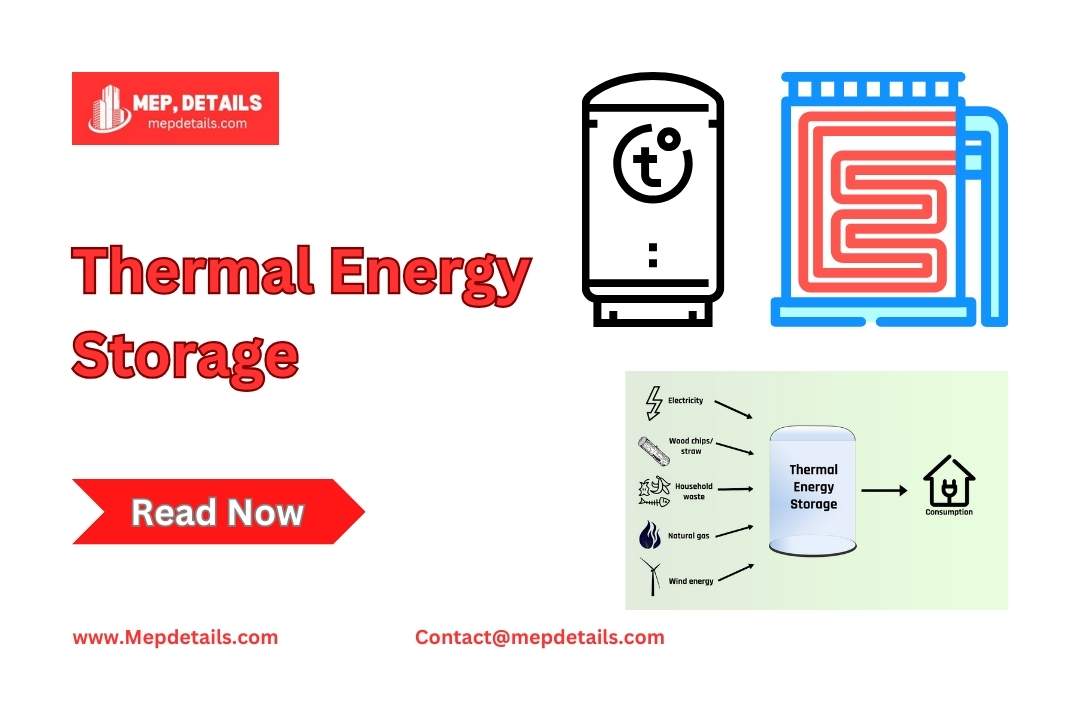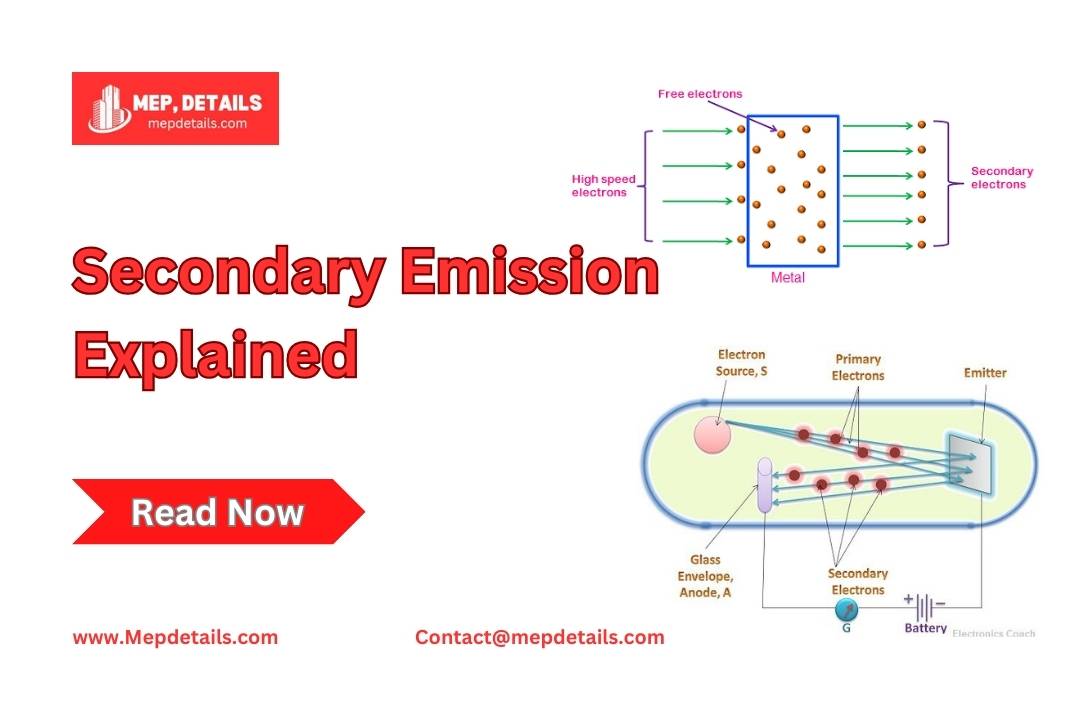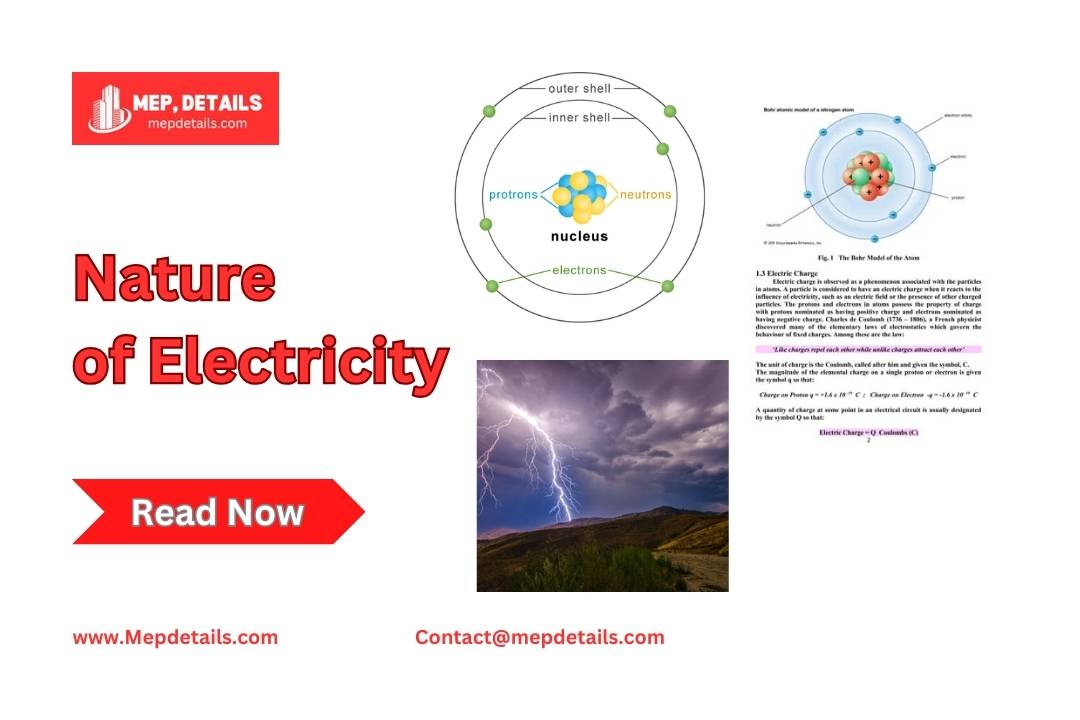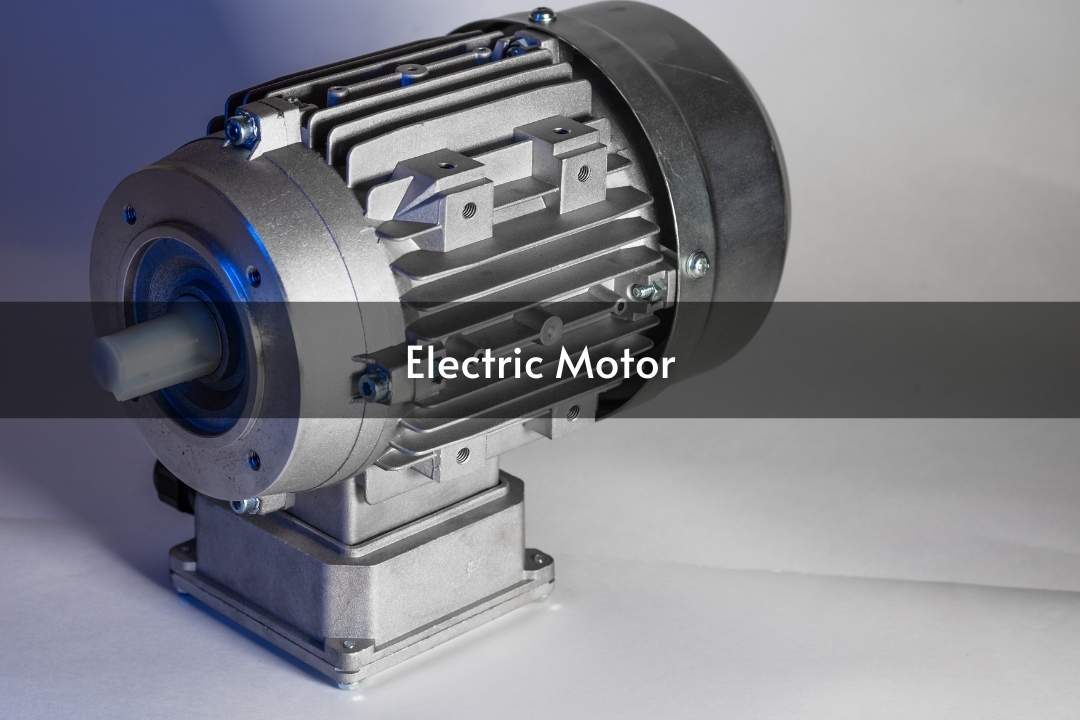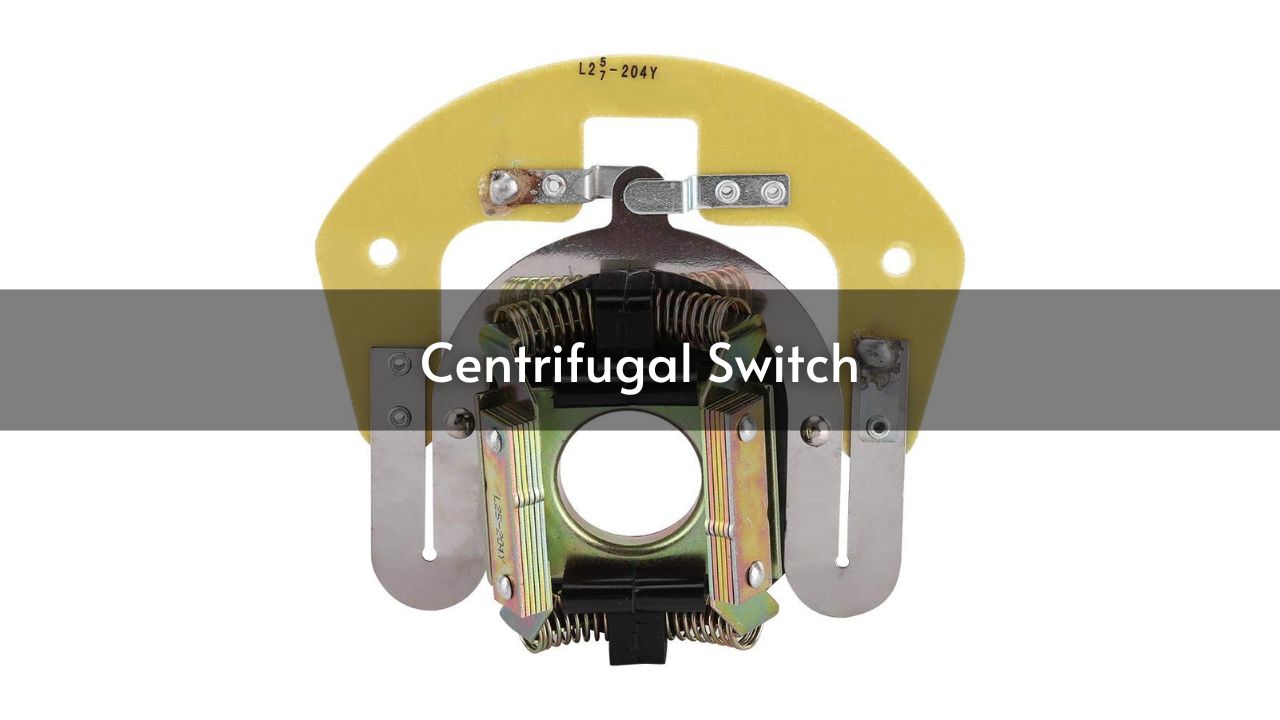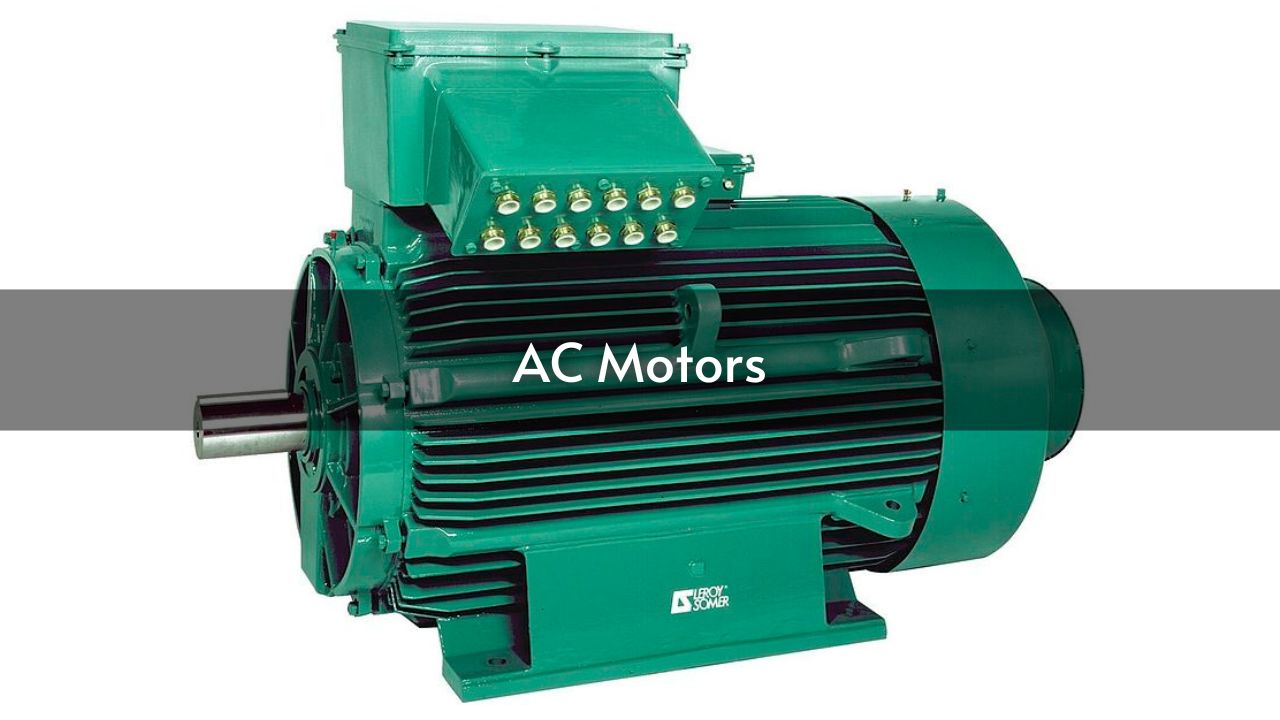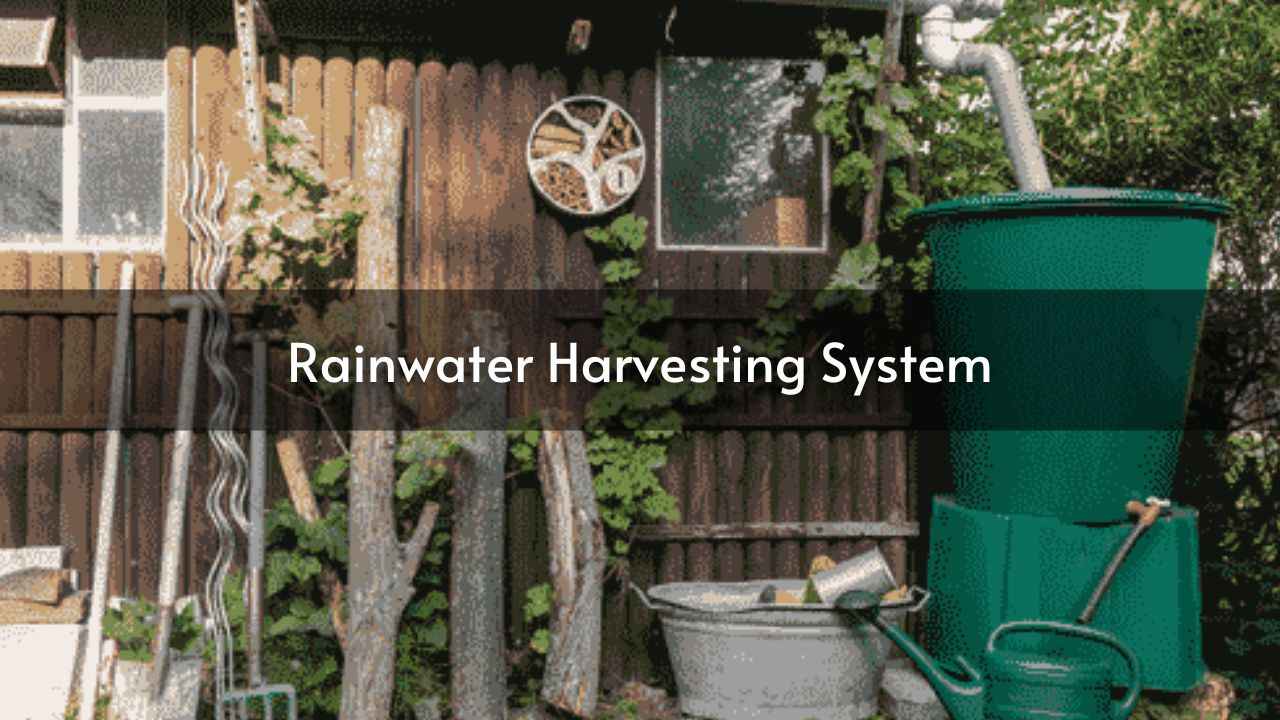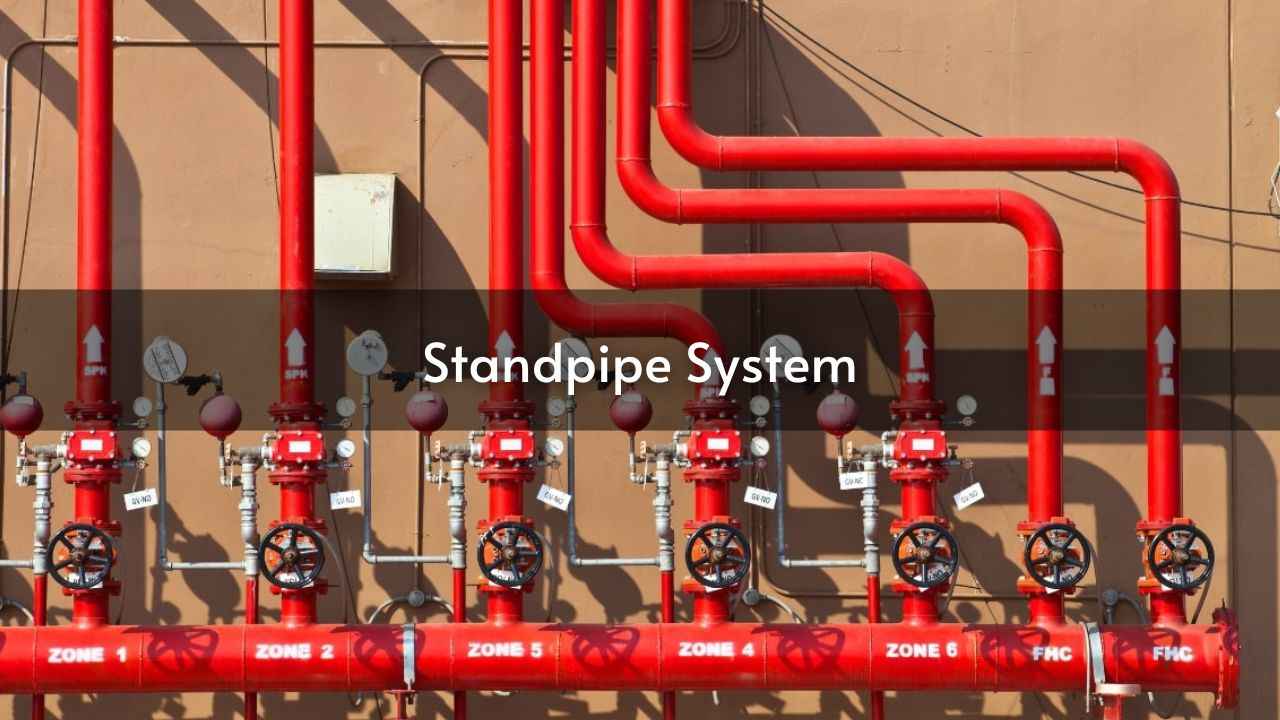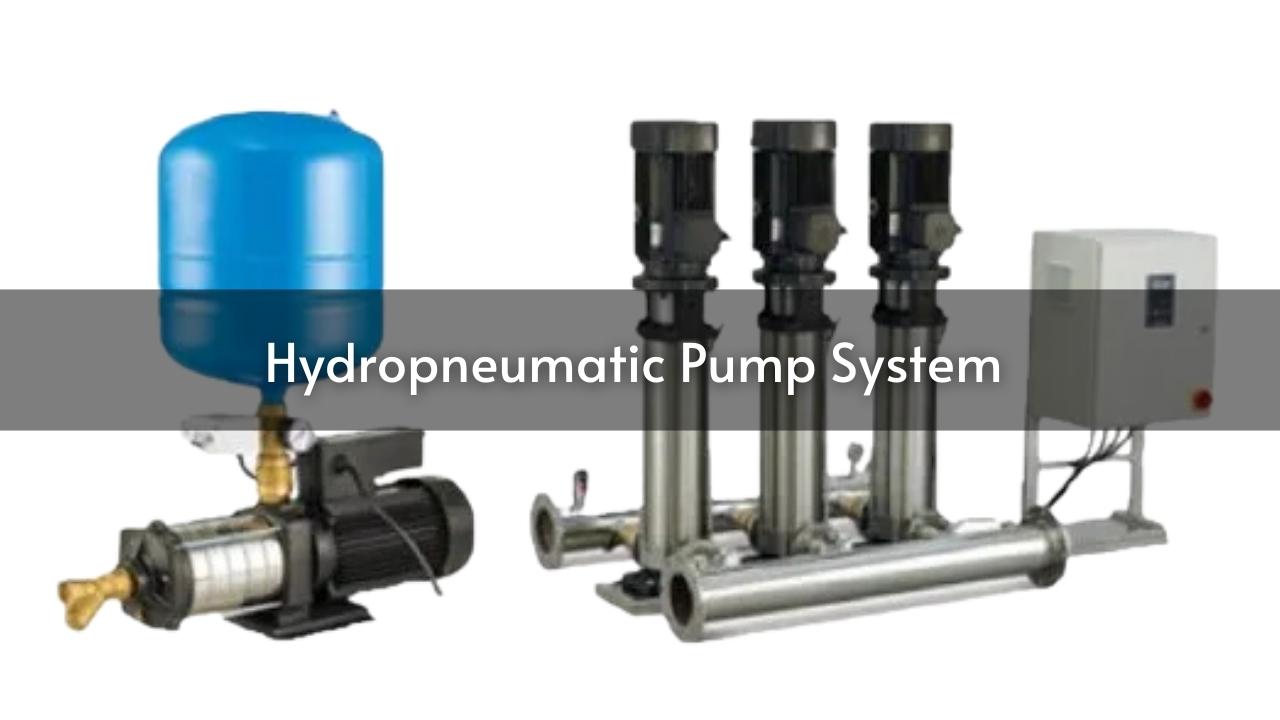Thermal Energy Storage: Types, Application, Benefits
Thermal energy storage (TES) lets you save heat for later use. It uses different methods to store extra thermal energy for hours, days, or even months. Storage can be small or large, supporting anything from single processes to entire towns. TES balances energy needs by storing heat from summer for winter or cold from winter … Read more
